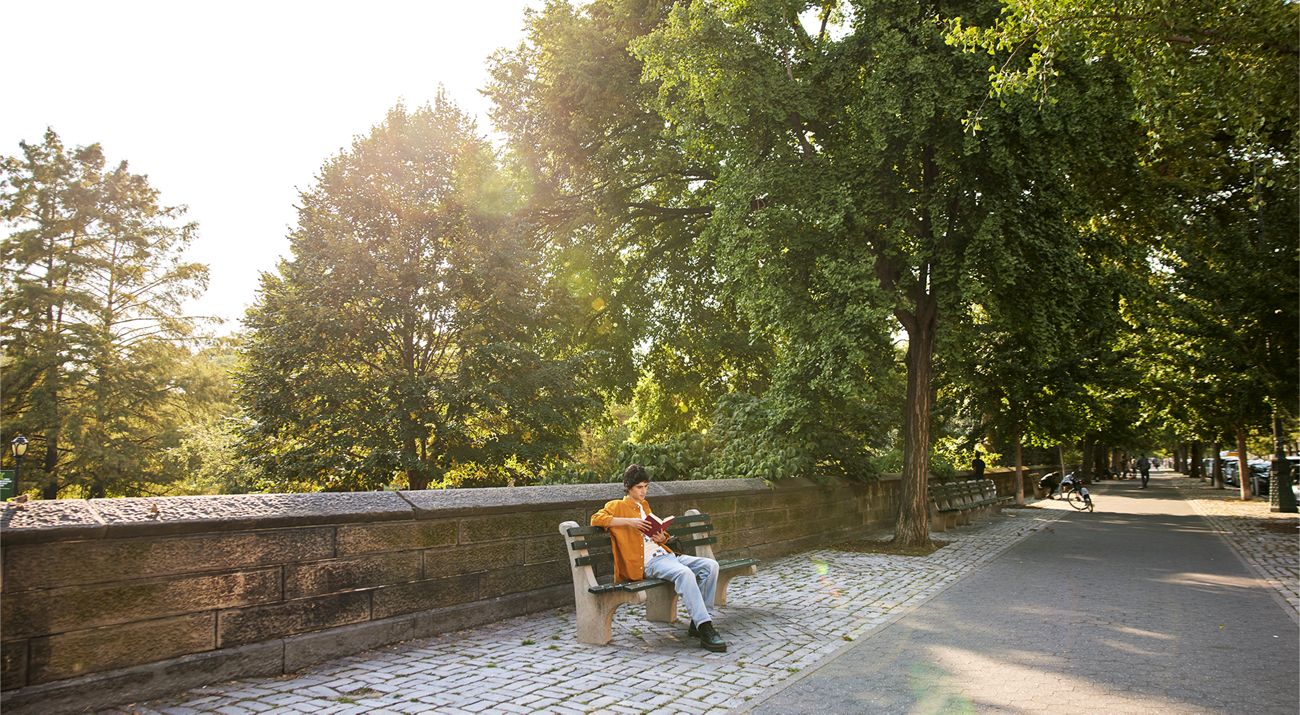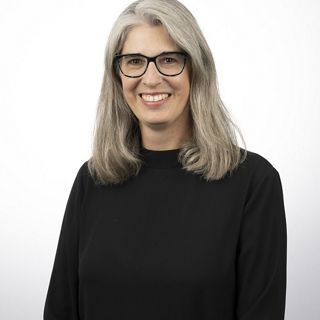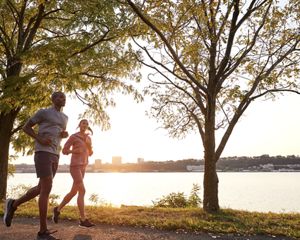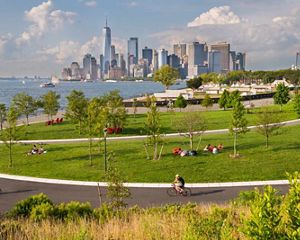The Collective Stand of Forest for All NYC
Broad Coalition of Organizations Collaborate to Equitably Achieve 30% Tree Canopy Cover by 2035.
When Victoria Sanders, a research analyst with the New York City Environmental Justice Alliance (NYC-EJA), walks down a leafy, tree-lined city street, she knows the urban forest canopy above her is a matter of much more than aesthetics. It cools the air in the summer, stores carbon emissions and reduces the risk of stormwater flooding and erosion. She also knows that the benefits of urban tree canopy are not enjoyed equitably across the city.
“The wealthier parts of the city enjoy more canopy coverage while neighborhoods with lower incomes and a higher percentage of people of color have significantly less canopy and its associated benefits,” says Sanders. “The issue of inequity is compounded in these lower income neighborhoods by other factors such as greater concentrations of air pollution and lack of access to air-conditioning.”
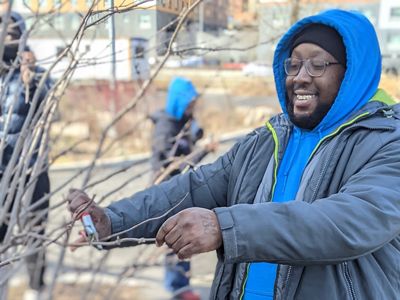
NYC-EJA is a member of Forest for All NYC, a cross-sector coalition of organizations, of which The Nature Conservancy is the convener and a leading member. The coalition launched the NYC Urban Forest Agenda in 2021, a visionary roadmap for the future of the urban forest and is working toward the goal of expanding tree canopy cover citywide from 22 to 30% by 2035 in an equitable manner while protecting and maintaining the existing urban forest.
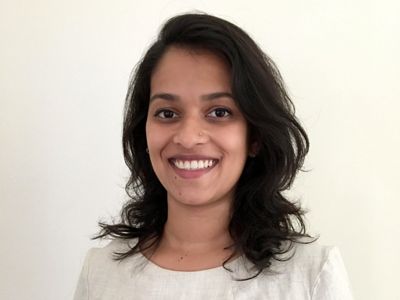
Equitably expanding the urban forest
“Being part of Forest for All NYC is an extraordinary opportunity to have a meaningful impact on the urban forest, which can positively impact so many of the environmental justice issues we focus on, from heat impacts to public health, mental health, social cohesion, air quality, flooding and more,” says Sanders.
To lay the foundation for this effort, scientists and analysts from The Nature Conservancy analyzed data to paint a picture of the current state of the urban forest—where it is and where it isn’t—and to highlight where canopy could be expanded, and by how much. While considering social dimensions such as equity, justice, policy and funding, it became clear that not only should more trees be planted, but infrastructure may need to be redesigned to ensure equitable canopy coverage across the city. In order to meet equity and justice goals, changes in streetscape design and zoning, for example, may be necessary in high-priority neighborhoods. It’s also critical that investment in the protection and maintenance of existing canopy coverage is made.
“It starts with smart investment,” says Shravanthi Kanekal, a resiliency planner with NYC-EJA. “We need to prioritize areas where canopy coverage would have the most impact and ensure the communities that are hardest hit are at the table so we know what changes would benefit them most.”
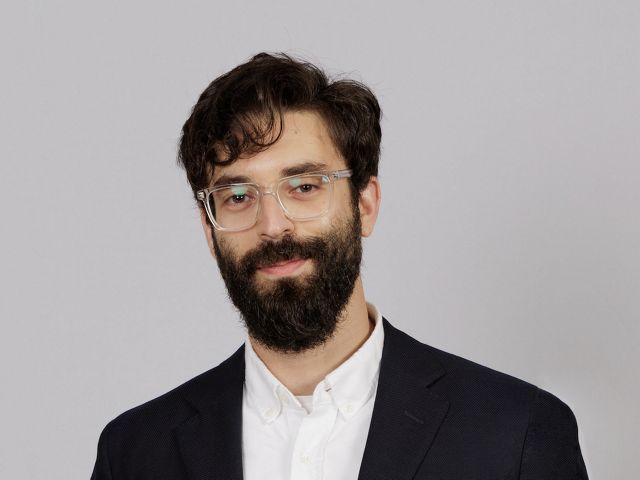
Collaborating across sectors for a healthier New York City
The strength of Forest for All NYC comes from the collaboration of the more than 80 (and counting) member organizations that represent diverse perspectives and span sectors, industries, interests and geographies–all working together to advocate for the most valuable natural infrastructure in New York City. In its first year, the coalition achieved some big wins, including securing support for the 30% by 2035 goal by the Chair of the City Council’s Parks & Recreation Committee and all five borough presidents.
“All New Yorkers benefit when we work together to make progress,” says Sam Spokony, chief communications officer with the Real Estate Board of New York, a member organization of Forest for All NYC. “When we take opportunities to step outside of our own industries and interests to partner and leverage our resources, we can have a collective impact.”
Spokony notes that a strong and equitable treescape in every neighborhood in NYC would be a “net positive” for the city as a whole.
“The health of real estate in NYC is directly tied to the health of NYC itself,” says Spokony. “The urban forest–much like improved transit, infrastructure and public safety–helps with foot traffic, attracts new residents, creates jobs and more tax revenue across the city, and provides other invisible benefits valuable to property owners, landlords and tenants, and everyone who lives, works or plays in NYC.”
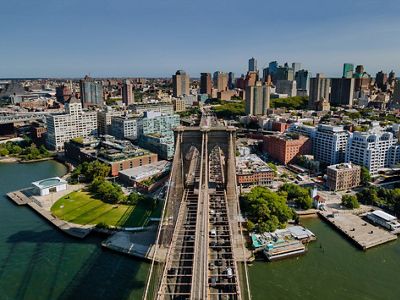
Creating a pathway for new jobs
“When I think of the urban forest and Forest for All NYC, I see a pipeline for the creation of new jobs that benefit both job seekers and the community,” says Renee Ruhl of The HOPE Program, a workforce training organization that helps people across the city prepare for, secure and maintain stable careers.
HOPE’s participants often face barriers to employment, including histories of court involvement, housing insecurity, mental health challenges, and more. Many lack the formal training, experience, and connections to succeed long-term in the workforce. Ruhl believes that partnerships built through the coalition will help create pathways to new careers dedicated to the expansion and maintenance of the urban forest that could benefit her clients and the city itself.
“Protecting, maintaining and expanding a resilient urban forest can help improve equity and justice in job creation,” says Ruhl. “The coalition is working collectively to bring jobs back into the neighborhoods we serve and advance plans to help our clients transition into sustainable, well-paying careers that are also beneficial to the community.”
The opportunity for job creation extends beyond tree care to careers in construction and maintenance, transportation, landscaping and greenhouse and nursery work. “One of the great things about nature-based jobs is that there are multiple entry points for people of lower socioeconomic status,” says Kanekal of the NYC-EJA. “We’ll need an expanded workforce to maintain the urban forest. If those jobs are supplied by the community, it will become a beautiful cooperative system.”

“Mother Nature’s air-conditioners”
On a sunny Saturday afternoon, Len Maniace, of the Jackson Heights Beautification Group, socializes with fellow volunteers as they add soil over exposed roots in the neighborhood’s street tree beds. The group has a long tradition of tree stewardship and values trees for their shade and cooling abilities during heat waves.
“We have 60 volunteers who take care of about 100 trees,” says Maniace. “Even before we got involved with Forest for All NYC, we viewed our project as more than beautification. It’s also an environmental resilience and sustainability program because neighborhoods that have big trees are significantly cooler than those that lack them. Trees truly are Mother Nature’s air conditioners.”
Maniace envisions the group’s tree stewardship work serving as a model for other neighborhoods, all contributing to a cooler and greener New York City.
“I’d like to see the city transformed with big, healthy trees providing shade just about everywhere on sidewalks, along highways, in medians,” he says. “We could have oaks, white pines, sugar maples, red maples, and all of the insects and birds that live in them. Research tells us we’d be happier and healthier.”
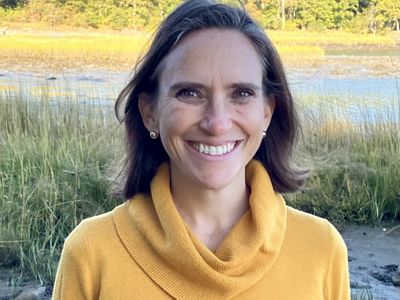
Supporting the urban forest in a changing climate
Sarah Charlop-Powers, executive director of Natural Areas Conservancy, notes the importance of addressing climate change in the NYC urban forest. “There are a lot of environmental and climate stressors that need to be mitigated in our existing forests,” she says. "We’ve got invasive species here, changes in weather patterns, climate impacts on ecological community health, and certain forest species are starting to shift ranges."
As a primary partner to the NYC Department of Parks and Recreation, Natural Areas Conservancy advances the care and long-term health of one-third of the park system, including the 7,300 acres of natural forested areas that surround and permeate the city. Charlop-Powers views the urban forest as a critical piece of urban infrastructure that supports wildlife and biodiversity on a local scale and provides New Yorkers with a refuge from the stress of city life. But stewarding natural areas requires a different approach than caring for street trees, where you expect to water, prune and tend to each tree individually. In a natural area, you can’t tend every tree and instead must focus on improving conditions across the system to ensure resiliency.
“Natural Areas Conservancy is at the coalition table to advocate for investment in the protection and maintenance of our existing natural areas,” she says. “That’s what’s so great about Forest for All NYC—there are such a wide range of interests represented that we can truly speak for the urban forest on behalf of all New Yorkers in a way that feels inclusive and true to the values and goals of every neighborhood,” says Charlop-Powers.
Saving the forest for the trees—and the people
At its heart, the New York City urban forest is a thriving, living system in which people play as important a role as trees do—the well-being of its 8+ million people and more than 7 million trees are intrinsically linked. Together, we can create, protect and maintain a more just and equitable urban forest that benefits all New Yorkers.
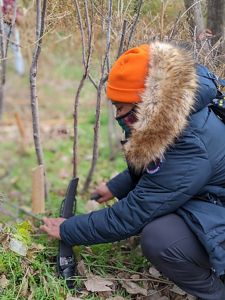
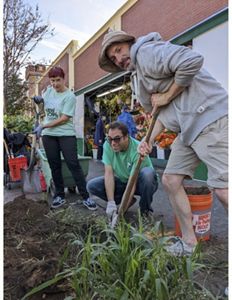

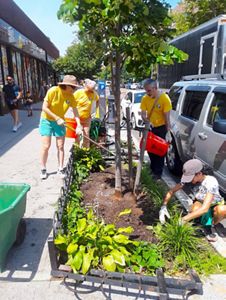

Soundview Park: Stewarding trees in Soundview Park. © The Hope Program, Intervine

Beautifying NYC: Stewarding trees in local neighborhoods © Len Maniace

Shoelace Park: Stewarding Trees © Hope

Watering Trees in NYC: Event by the Jackson Heights Beautification Group, © Jackson Heights Beautification Group
